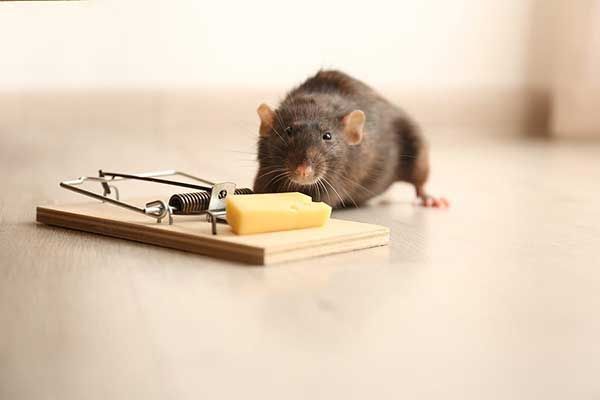
Types Of Traps For Rodent Control
The Rodent Pros Offer rodent trapping, rodent removal, rodent exclusion, rodent sanitation and rodent remediation services to all cities within a 50 miles radius of Tampa Florida.
To Call and schedule a free inspection click here
There are various types of traps designed to capture or eliminate rodents. The choice of trap depends on factors such as the type of rodent, the level of infestation, and whether you prefer a lethal or non-lethal solution. Here is a comprehensive overview of different types of rodent traps:
Types of Rodent Traps
1. Snap Traps
Description:
- Snap traps are one of the most traditional and widely used rodent traps. They consist of a spring-loaded bar that snaps down when triggered by the rodent.
Advantages:
- Quick and effective.
- Inexpensive and reusable.
Usage:
- Place bait (such as peanut butter or cheese) on the trap trigger.
- Set the trap along walls, in corners, or wherever rodent activity is observed.
Types:
- Classic Wooden Snap Traps: Simple design with a wooden base.
- Plastic Snap Traps: More durable and easier to clean.
2. Glue Traps
Description:
- Glue traps consist of a sticky adhesive surface that traps rodents when they step on it.
Advantages:
- Easy to use.
- No need for bait (although bait can be added to attract rodents).
Usage:
- Place glue traps along rodent pathways, near walls, or in areas of high activity.
Considerations:
- Can cause prolonged suffering for the trapped rodent.
- Not recommended for outdoor use as dust and debris can reduce their effectiveness.
3. Live Traps
Description:
- Live traps capture rodents without killing them, allowing for release elsewhere. These traps often have a door that closes when the rodent enters to access the bait.
Advantages:
- Humane option for capturing rodents.
- Can be reused multiple times.
Usage:
- Bait the trap with food that attracts rodents (such as seeds, nuts, or peanut butter).
- Check the trap frequently to release the captured rodent promptly.
Types:
- Single Catch Live Traps: Capture one rodent at a time.
- Multi-Catch Live Traps: Can capture multiple rodents without needing to reset the trap each time.
4. Electronic Traps
Description:
- Electronic traps use a high-voltage shock to kill rodents instantly when they enter the trap.
Advantages:
- Quick and humane kill.
- Easy to use and clean.
Usage:
- Place bait inside the trap and position it along rodent pathways.
- Battery-operated, so ensure batteries are functional.
5. Bucket Traps
Description:
- Bucket traps involve using a bucket filled with water or simply as a container to trap rodents.
Advantages:
- Simple and cost-effective.
- Can capture multiple rodents.
Usage:
- Water Bucket Trap: A ramp leads rodents to a platform baited with food. When they step on the platform, they fall into the water and drown.
- Dry Bucket Trap: Uses a similar mechanism but traps the rodents without water for live capture.
6. Multiple-Catch Traps
Description:
- These traps are designed to capture multiple rodents without needing to be reset each time.
Advantages:
- Efficient for high-infestation areas.
- Non-lethal, allowing for release or humane killing.
Usage:
- Bait the trap and place it along walls or in areas of high rodent activity.
- Check the trap regularly to deal with captured rodents.
Best Practices for Using Rodent Traps
- Placement:
- Place traps along walls, behind furniture, and in dark corners where rodents are likely to travel.
- Position traps perpendicular to the wall with the trigger end facing the wall.
- Baiting:
- Use attractive baits such as peanut butter, chocolate, nuts, dried fruit, or cheese.
- Refresh bait regularly to ensure it remains enticing.
- Handling and Disposal:
- Wear gloves when handling traps to avoid transferring human scent.
- Dispose of dead rodents promptly and clean traps to prevent the spread of disease.
- Safety:
- Keep traps out of reach of children and pets.
- Use tamper-resistant traps or bait stations if necessary.
- Monitoring:
- Regularly check traps, especially live traps, to prevent prolonged suffering of captured rodents.
- Adjust trap placement if no rodents are captured within a few days.
Conclusion
Choosing the right type of rodent trap depends on your specific needs and preferences. Whether you opt for traditional snap traps, humane live traps, or modern electronic traps, proper placement and maintenance are key to effectively controlling rodent populations in your home or property.

